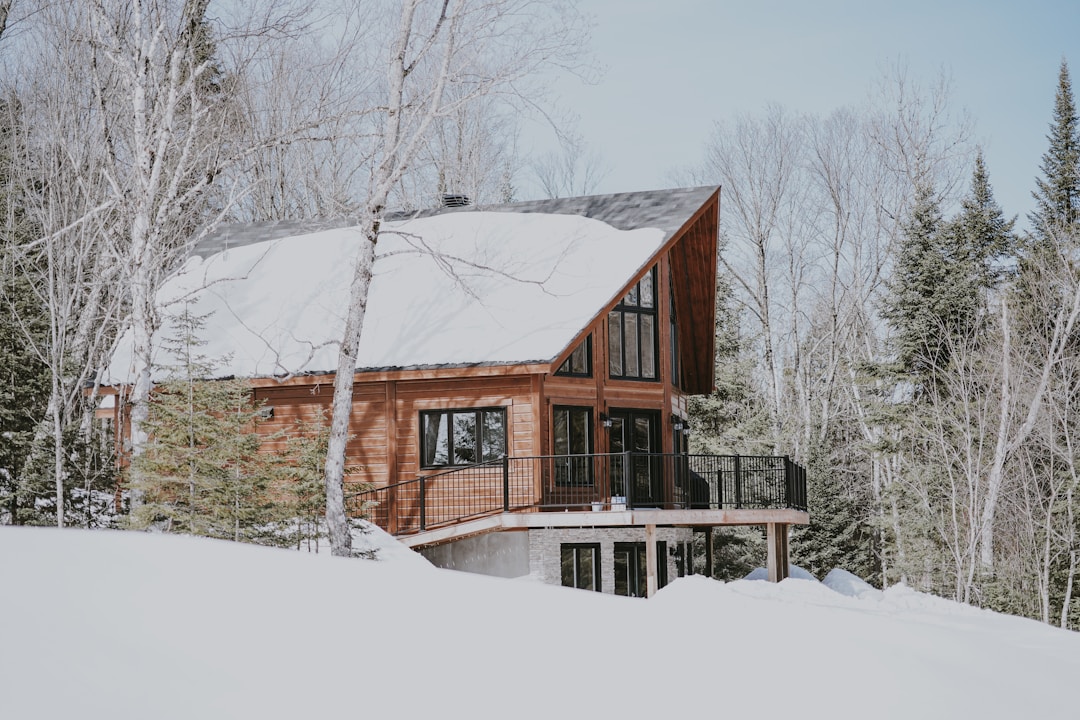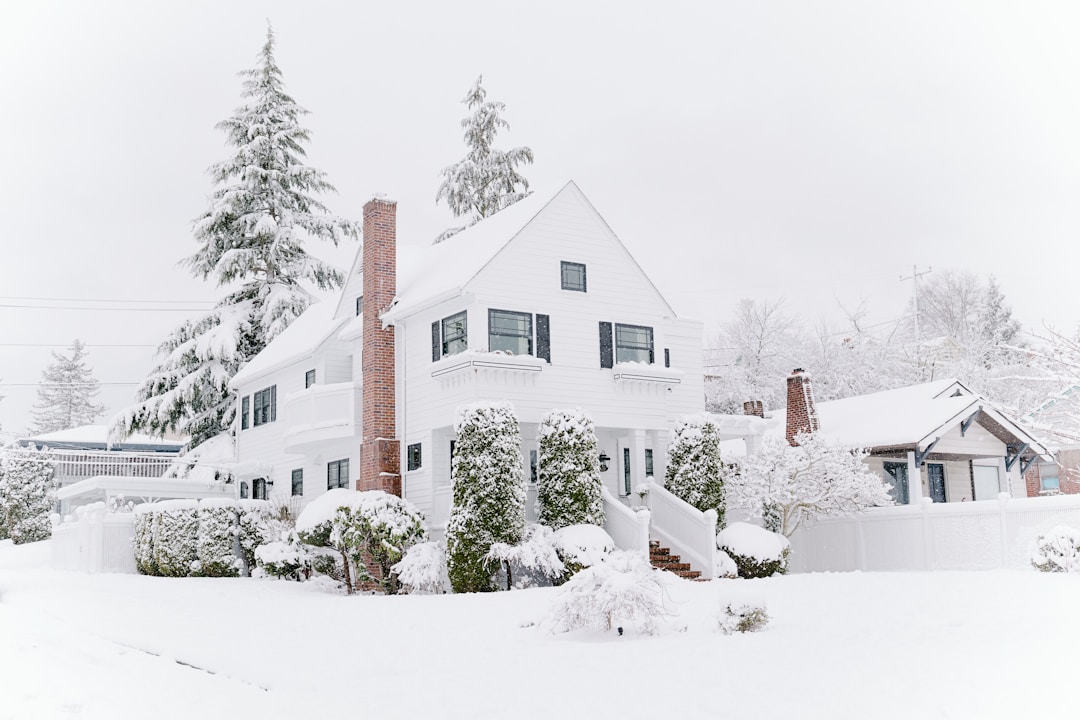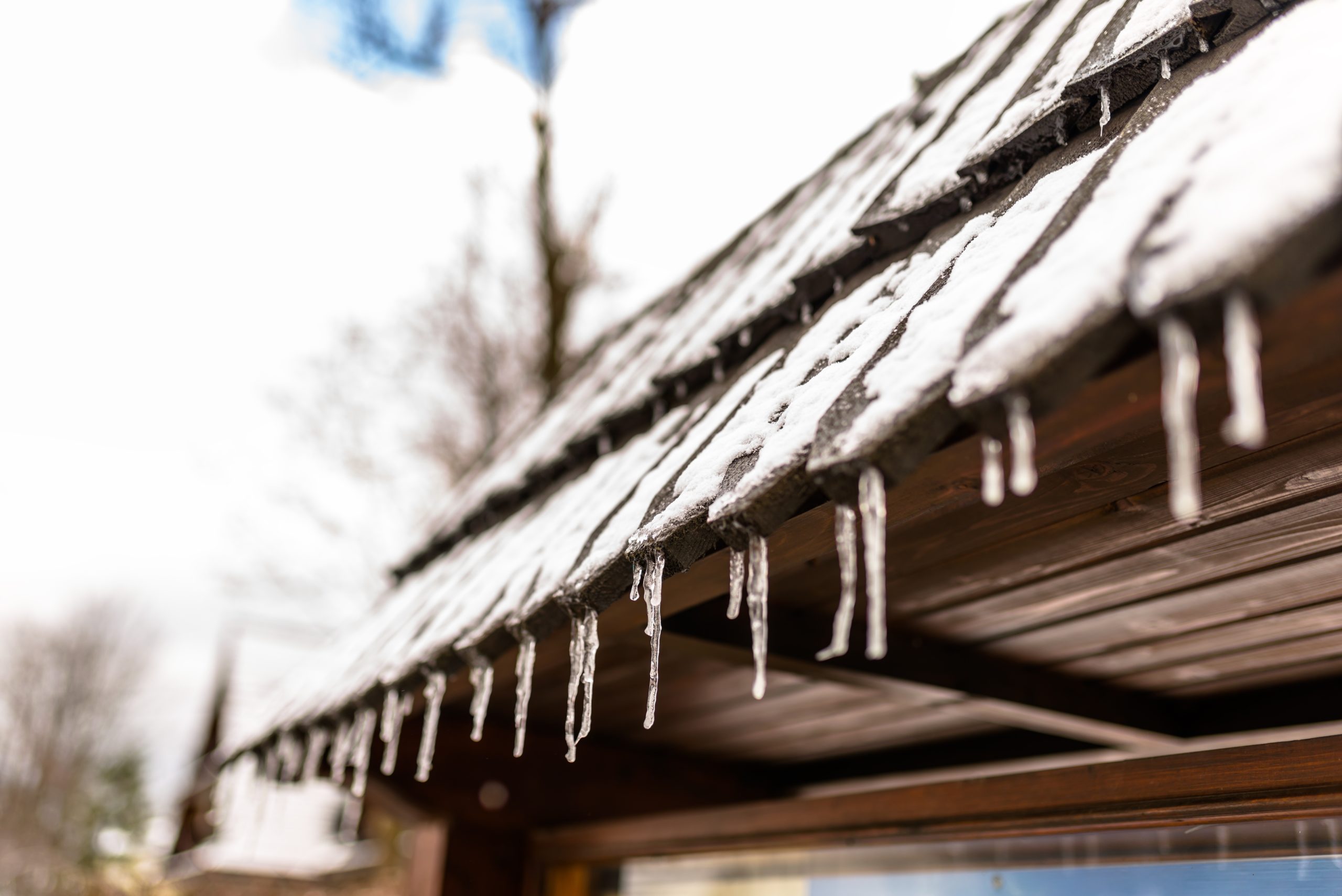How To Prepare Your Roof for Cooler Weather
When getting your home ready for winter, you need to take a full assessment of your household from the inside out. After all, you want to make sure your roof is in order for Santa to land his sleigh and make his way down the chimney. From your gutters to your attic, you’ll want to be assured that your house can handle that first big snow of the season. Here are some ways that you can make sure that your roofing is up to code and ready to get you through the cold weather.
Repair damaged shingles and roof flashing.

As you prepare your roof for cooler weather, you may want to get the help of a professional roofer to assess the current status of the top of your house. Missing, damaged, or loose shingles can expose a home to leaks and water damage throughout the winter. If the shingles aren’t in good shape, water will seep underneath and eventually make its way into your home. If they’re loose, strong winter winds can easily blow them away. You may be able to replace them yourself depending on their location on certain areas of the roof, but it’s best to hire someone for the repairs for safety purposes.
Roof flashing is occasionally overlooked, but it’s actually a vital component of well-maintained roofing. Roof flashing also protects your home from water damage by diverting water from certain areas of the roof. This is especially important to check out around the chimney and in roof valleys and overhangs. This will prevent ice dams that can lead to a significant amount of damage as ice builds up near flues.
Protect against the elements.

It’s important to make sure that your roof system is ready for its surroundings. If you have trees surrounding your property, you’ll want to make sure that they are trimmed around your roof. This will prevent damage when snow, ice, and winds put hefty stress that can cause limbs to snap off or the tree itself to come crashing down. It’s best to hire someone who is trained to do this task. Roofing experts will be able to safely work to remove tree branches before harsh weather hits your area.
Through the years, you may have noticed how winds land snow on your roof and where you may have had big problems before with water damage. You could invest in a roof rake to prevent snow from piling up. After 6 inches of snowfall, you should try to rake off those overhangs. Be sure to watch out for icicles and inspect the roof for any loose shingles so you don’t accidentally hook onto them. Adding heat cables in the gutter and downspouts can be an easy DIY project to make sure that the gutters, downspouts, and other piping can avoid snow buildup.
Add or upgrade insulation.

Proper attic ventilation is essential to prevent ice dams on the roof. You’ll want to make sure that you’ve added enough roof vents and have removed insulation that might be blocking the venting. You can actually accomplish this with basic tools, like a jigsaw and a caulking gun. If there’s no air movement, inadequate ventilation can potentially lead to the presence of carbon monoxide, which can lead to a dangerous situation for you and everyone in your household.
Missing or damaged insulation can lead to ice dams, with hot air from inside the home traveling into your attic space and stopping the heat transfer. Once the hot air meets the bottom of the roof deck, snow melts, the temperature drops, and that water freezes. Adding or replacing insulation takes a higher skill level, but it can be accomplished. With better heat and proper ventilation, any part of the roof can be prepared to avoid serious damage and get you safely through the winter.
